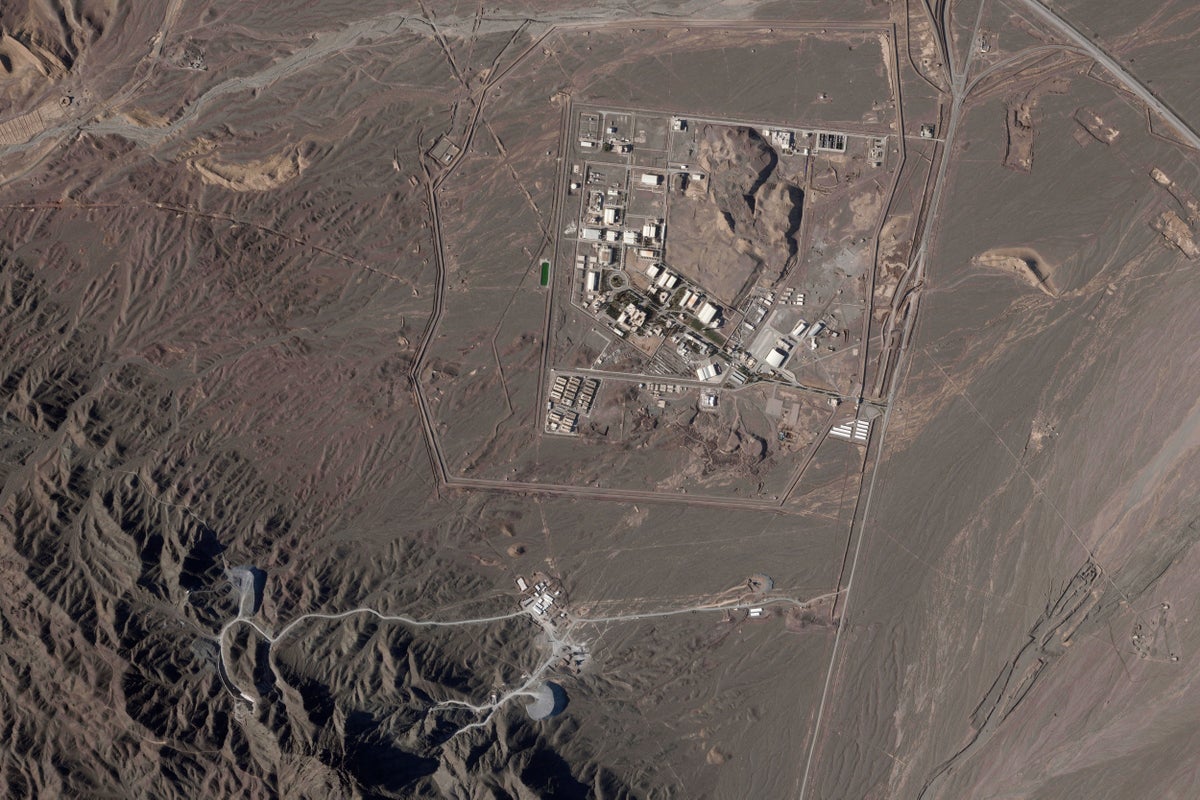
The head of Iran's nuclear program insisted Wednesday that his government would cooperate with international inspectors on any “new activities.” His statement followed an exclusive Associated Press report about Tehran's new underground system near a nuclear enrichment facility.
The AP outlined this week how deep inside a mountain, the new tunnels near the Natanz facility are likely beyond the range of a last-ditch U.S. weapon designed to destroy such sites.
The report sparked wider conversation across the Middle East about the construction, with Israel's national security adviser saying Tuesday the site would not be immune from attack even if its depth put it out of range of American airstrikes.
Speaking to journalists Wednesday after a Cabinet meeting, Mohammad Eslami of the Atomic Energy Organization of Iran sought to describe the interest in the site as a case of Israel feeling pressured.
“The Islamic Republic of Iran is working under the IAEA safeguards, and whenever wants to start new activities, it will coordinate with the IAEA, and acts accordingly," Eslami said, using an acronym for the International Atomic Energy Agency.
The IAEA did not respond to questions from the AP about the construction at Natanz, about 225 kilometers (140 miles) south of Tehran. Natanz has been a point of international concern since its existence became known two decades ago.
Satellite photographs of the piles of dirt from the digging and experts who spoke to the AP suggest the new tunnels will be between between 80 meters (260 feet) and 100 meters (328 feet) deep.
Such underground facilities led the U.S. to create the GBU-57 bomb, which can plow through at least 60 meters (200 feet) of earth before detonating, according to the American military. U.S. officials reportedly have discussed using two such bombs in succession to ensure a site is destroyed. It is not clear that such a one-two punch would damage a facility as deep as the one at Natanz.
With such bombs potentially off the table, the U.S. and its allies are left with fewer options to target the site. If diplomacy remains stalled as it has for months over Iran's tattered nuclear deal, sabotage attacks may resume.
Iran says the new construction will replace an above-ground centrifuge manufacturing center at Natanz struck by an explosion and fire in July 2020. Tehran blamed the incident on Israel, long suspected of running sabotage campaigns against its program.
___
Associated Press writer Amir Vahdat in Tehran, Iran, contributed to this report.







